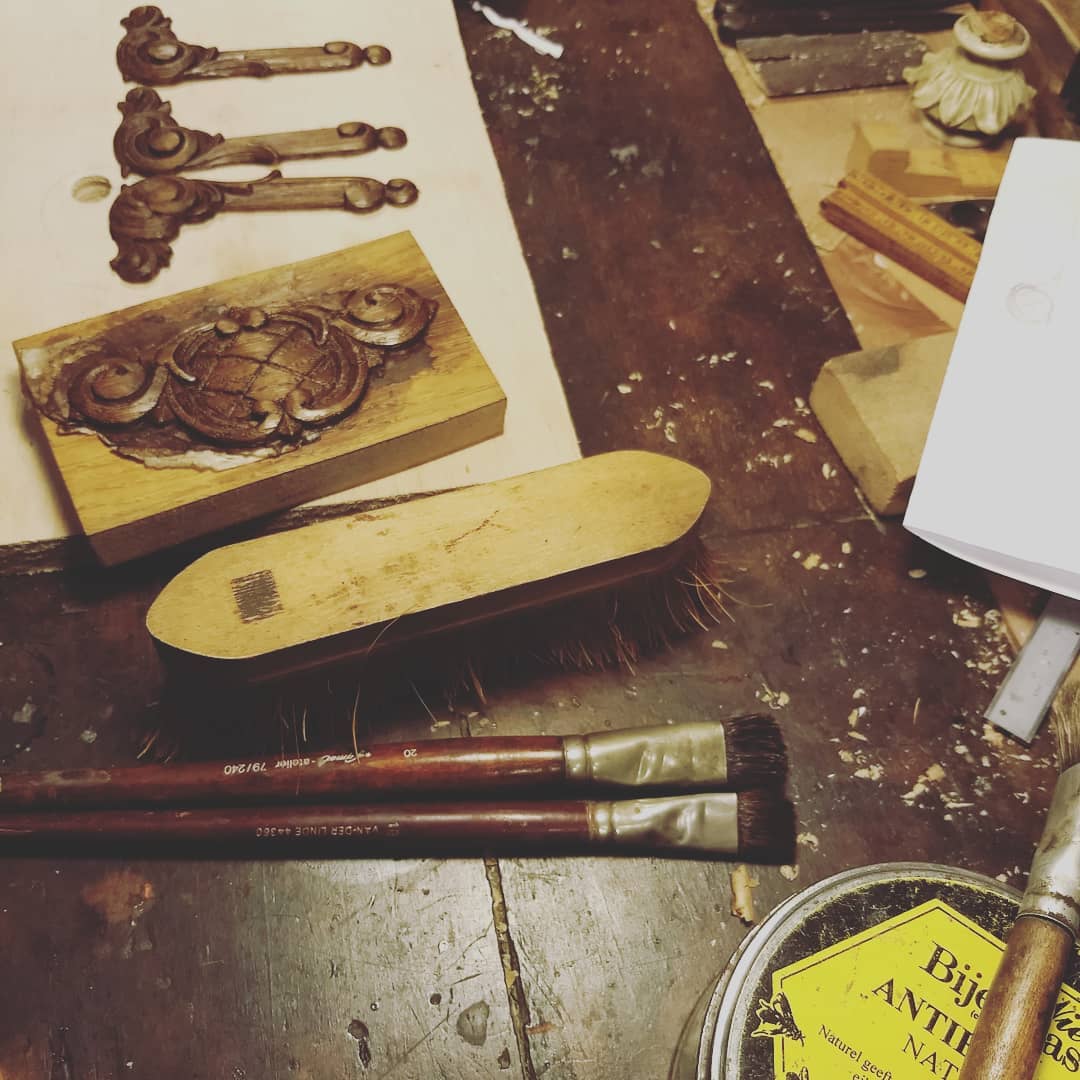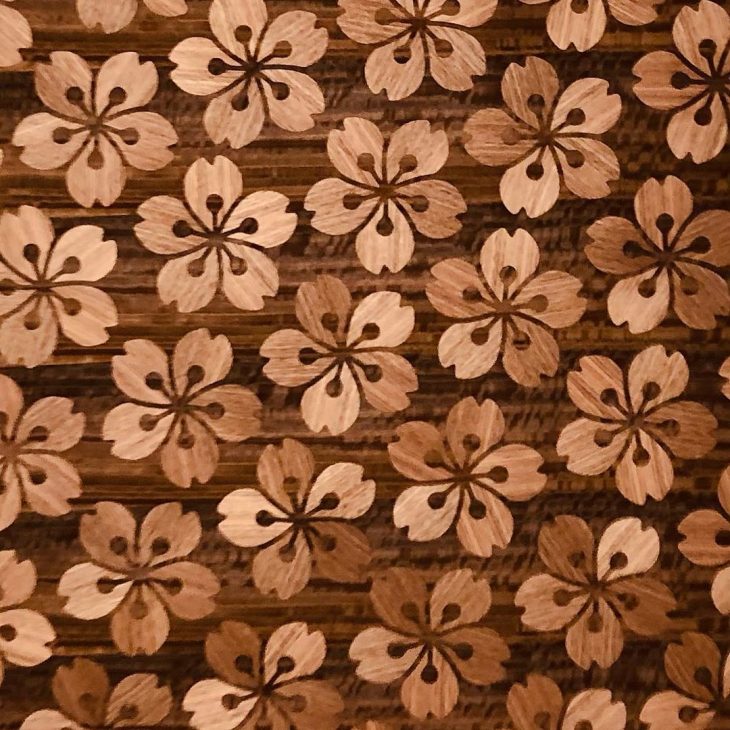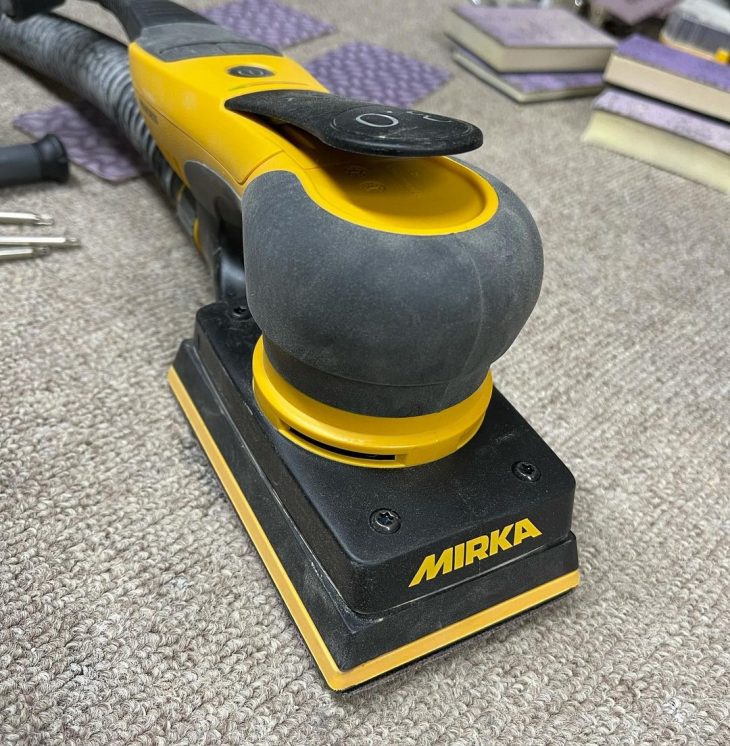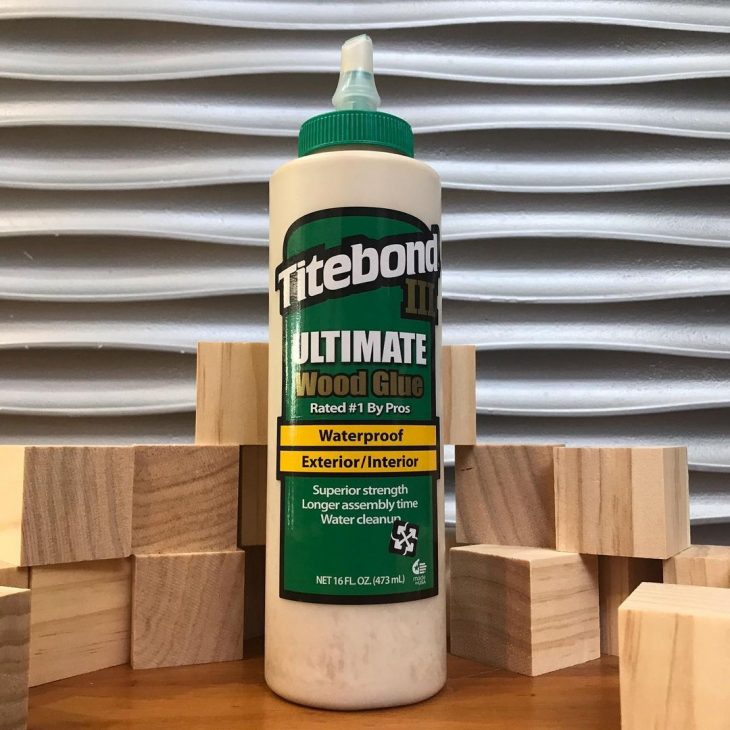This method of staining differs from regular staining in that no pigments are used, rather chemicals and chemical reactions are used to change the color of the wood. These methods are not to be attempted as your first staining method. They can be tricky and difficult, some of the chemicals dangerous and caution must be exercised. The process of mixing some of these stains can be dangerous, reactions can be volatile and explosive. Some are simple single applications while others require mixing, applying, and adding heat, sanding and finishing.
Certain precautions must be observed and you must be very careful. Use adequate ventilation when mixing and using these stains, some are not a problem others are harmful. Wear eye protection and use a respirator. Use a heavy-duty apron and wear good quality rubber gloves. Do not put acid in a metal container and when you mix acid and water always put the ACID INTO THE WATER. If you do it the other way it will explode or react violently. Acids and caustics will cause severe skin burns, irritates the eyes and can burn the lungs. Use caution with these chemicals.
Just in case you are interested in making your own, the following is from Shepherds’ Compleat Early Nineteenth Century Woodworker, 1981, 2001:
“Spirits of salt or marine acid
“Take of common salt, 10 lbs. common clay, 20 lbs., water sufficient to make into balls. Distill while moist, with a violent heat, and rectify by re-distillation.”
“Common aquafortis” “Take nitre, and green vitriol, not calcined, each 6 lbs. green vitriol, calcined 2 lbs. Distill.”
“Simple aquafortis” “take of green vitriol 2 lbs. nitre 1 lb. Distil.”
“Aqua regia ‘”*
Take of spirit of nitre, 16 oz. common salt, 4 oz. Dissolve”
“Another’”
“ Take of spirit of nitre, 16 oz. sal ammoniac, 4 oz. Dissolve”
*These formula are also said to be capable of dissolving gold (Au).
Acids – One of the best acids for stains and one that imparts a wonderful color is nitric acid. Mixed with water in a ratio of 1 part acid to 7 parts water is a good start. Remember acid to water. You may adjust the proportions as you see fit to change the properties of this stain. This stain will raise the grain so you will need to sand when you are done, but nitric acid will stain deep into the wood fibers. When you apply this to wood it will turn it yellow. When you apply heat it will turn a beautiful golden brown color, more heat and it will turn dark brown, too much heat and it will turn black, even more heat and it will catch on fire. This works well on maple and is perhaps the best stain to get fancy grain to stand out or to use on wood that does not take a stain well. Because this stains deep within the wood, unusual grain will tend to show up better with this type of stain. After you have reached the desired color, you must neutralize the acid/water mixture with a mixture of water and baking soda (bicarbonate of soda). Allow to dry, sand and finish. Another method of using this acid is to dissolve iron filings in the acid / water mixture, the iron imparting color to the solution and the wood. Vinegar and iron fillings (I save the fillings from sharpening my many hand saws) is a nice water based stain that imparts different colors to different woods. The heating and neutralizing is the same, the color is just different.
Other acids can also be employed as stains and as with all chemical reactions, it depends on the relative acidity of the wood that is being stained. Oak is high in tannic acid and reacts to vinegar turning the wood a rich dark color. Acids have a low pH (below 6) with a pH of 7 being neutral.
Caustics – Chemicals on this side of the pH scale (8 plus) can have remarkable effect upon woods. While Caustic Soda (sodium or potassium hydroxide) will turn mahogany a deep red, it will turn oak and sycamore gray. Common lye is dangerous to use but can have remarkable effect upon woods. After staining, the caustic soda can be neutralized with a mild solution of vinegar, an acid. This staining will also raise the grain, so it will need to be sanded. This type of staining usually goes into the wood, so light sanding will not remove the stain. The stain will react differently with acid woods such as oak and walnut. It will stain certain woods and bleach or gray others. Quicklime (calcium hydroxide) dissolved in water will turn mahogany a rich red color. It can be used in conjunction with inlays, as the lime will not color the inlays.
Other Chemicals – Several chemicals are used for staining wood some are relative new to the trade and if their first use date is known it will be given. Potassium dichromate (or bichromate of potash) is a red orange crystalline salt that is an oxidant and will stain most woods red or red / orange. Developed in 1885 and used thereafter it will turn mahogany a brownish color and turns oak brown as well. Potassium permanganate (Permanganate of potash) developed in 1869 is used to impart a fine purple stain to wood when mixed with water. Will stain oak a brown color
Botanicals – This is a group of natural plants that because of their chemical makeup, they will cause certain woods to change color. Some of these are hard to distinguish from dyes but the line is obscure and there is a need for a discussion of these under used materials. Most of the botanicals are fugitive and will fade with time and exposure. If protected from Ultra Violet radiation these colors will last a lot longer.
Alkanet Root – The root of the (Alkanna tinctoria) or (Anchusa officinal) when soaked in linseed oil will impart a deep purple red color to the oil and a wonderful stain. When used on mahogany it reacts and turns a deep color.
Annatto Seeds – The seeds of the (Bixa orellana) produces a seed that when made into a decoction will produce a yellowish red dye. The effect on mahogany is to turn it a red color, other woods will stain more of a yellow color.
Cochineal – This is normally considered a dyestuff for textiles but it will dye certain more porous woods like poplar, basswood, aspen and alder a rich red color. The dye is made by crushing the dried bodies of a beetle (Dactylopius coccus), it only takes 7000 bodies to make a pound of this fine red dye. This should be called a Biological rather than Botanical.
Dragon’s Blood – a dark red sap which oozes from cracks in the bark of the Dragon tree (Dracaena draco), was a favorite to make rich, dark-red varnishes and stains. This resin is soluble with water or alcohol.
Fustic – a tropical wood (Chlorophora tinctoria) that produces a beautiful yellow dye, mostly used for textiles it will impart its color to lighter woods.
Indigo- An excellent blue dye from the plant (Indigofera tinctoria) used to dye textiles and can also be used to dye light colored woods.
Logwood – The heartwood of this tree (Haematoxylon campechianum) produces a beautiful magenta color that is suitable for staining and dying of certain light colored woods such as sycamore, poplar and basswood. Also used for dyeing textiles.
Nut Galls – Galls are growths on plants caused by insect or fungus that produces Gallotonnic acid from nut galls and the tannic acid from the nut galls are used for ink and stain, usually a dark brown color. Oak galls produce the finest stain materials.
Pernambuco – Brazil wood (Caesalpinia brasiliensis) is a wood used to make violin and other stringed instrument bows. The shavings of this wood will produce a beautiful deep red color.
Saffron – Saffron (Crocus sativus) produces a beautiful yellow color and can be used in varnishes to produce a rich golden color. A rather expensive natural stain.
Tea – The leaves of a shrub Camellia sinensis can be ground into fine powder and soaked in vinegar to impart a rich old looking brown color to light woods such as basswood, pine, spruce, sycamore, aspen and birch. Will raise the grain can be neutralized with water and sodium bicarbonate (baking soda). Instant tea works almost as well. Tea is high in tannic acid.
Woad – A blue dye made from the crushed and fermented leaves of the plant (Isatis tinctoria) largely replaced by indigo
Here a few traditional recipes from Shepherds’ Compleat Early Nineteenth Century Woodworker, 1981, 2001.
“ ¼ pound madder root (Galium tinctorium)
1/8 pound fustic wood (Maclura tinctoria) (Chlorophora tinctoria)
½ gallon water”
And still more receipt for stains:
“ ½ lb. Madder
¼ lb. Buckthorn berries (Rhamnus spp.)
1 gal, water”
“ 1 ounce Dragons Blood (D. draco or Daemonorops draco)
1 pint spirits of wine”
“1 oz. Tumeric root
1 pint alcohol.” This receipt gives a yellow stain.
“Diluted sulphuric acid
Dogwood” purplish-red
“Alum
Tarter
Water
Tincture of Brazil wood”
Here is another ‘biological’ from our colorful historical past: “urine that was slaked with lime and laid on hot for a red color.”




You must be logged in to post a comment.